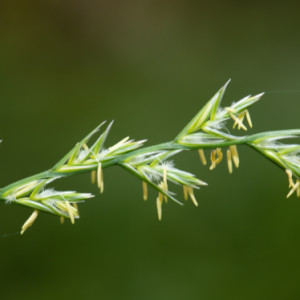Pollen-dusted
The migrant hoverflies are now increasing, particularly the Marmalade Hoverfly Episyrphus balteatus, which is one of the easier species to photograph in flight (see extra).
It's been interesting watching the various insects visiting our flowers - we often tend to equate pollinators with bees, wasps and hoverflies, but other groups can also be very effective - just check out the vast amount of pollen on the Fairy-ring Longhorn beetle Pseudovadonia livida.
Most longhorn beetles have larvae that either live in dead wood (saproxylic) or the stems of some herbaceous plants. The Fairy-ring Longhorn has an interesting and unique life history among this group. Mating occurs on flowers early in the year and females oviposit in humus rich soil infested with the fungus Marasmius oreades -the fairy-ring mushroom, hence the beetle’s common name. Larvae develop over two years feeding on humus, roots and other subterranean parts of plants as well as hypertrophic mycelia of the fungus which would appear to be an essential part of the diet, in the autumn they burrow down to about 5 cm where they will overwinter and resume feeding in the spring. Fully grown larvae construct a cell in the soil and pupate during April and new generation adults appear in May.
Of course many plants, including grasses, don't rely on insects to transfer pollen, but have flowers with many dangling anthers that produce large amounts of pollen to be distributed by air currents - bad news for hay-fever sufferers! The feathery stigmas of grass flowers are slightly sticky and ideally adapted to catch these floating pollen grains.



Comments
Sign in or get an account to comment.


